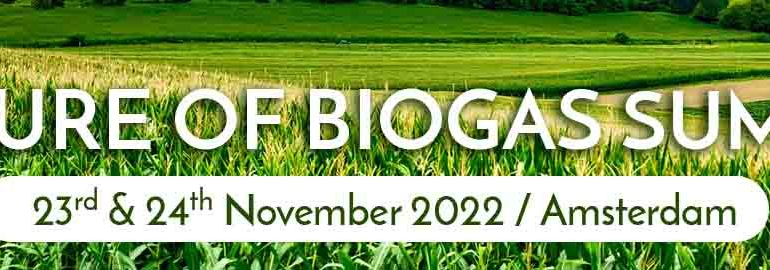December 7-9, 2022 Landbouw Beurs 2022 in Leeuwarden. We will show our high performance biogas reactor. https://delandbouwbeurs.nl/ Read more Landbouw Beurs 2022 in Leeuwarden
Devember 6-7, 2022 ClimateTech Investing Forum 2022 in Lausanne. We will present our high performance biogas technology to investors. https://www.campdenfb.com/article/innovations-combating-climate-change-be-presented-climatetech-investing-forum/ Read more ClimateTech Investing Forum 2022 in Lausanne
November 23-24, 2022: The Future Biogas Summit in Amsterdam. Hexem will be there. Meet us and discuss the future of biogas. https://www.europeanbiogas.eu/the-future-of-biogas-summit-2022/ Read more The Future Biogas Summit in Amsterdam





